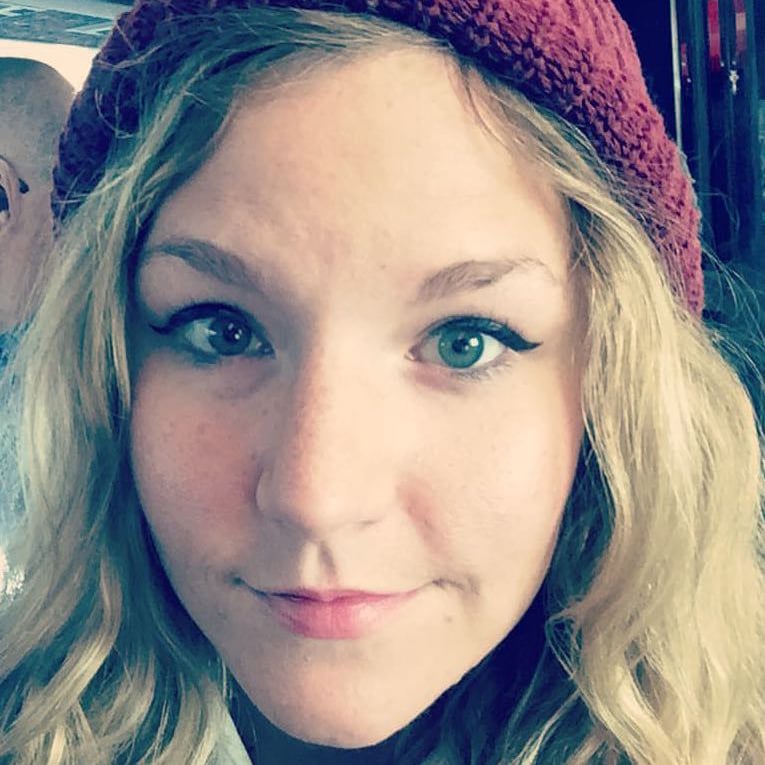Moving To Austin: Everything You Need To Know
If you’re planning a relocation to Austin, you’re definitely not alone. From 2015 to 2017, the city topped the U.S. Census’ list of metro areas with the biggest population increases. With its 300+ days of sunshine per year, its impeccable barbecue and breakfast tacos, and its commitment to an eclectic urban atmosphere, Austin’s appeal is easy to understand.
Ready to take the plunge? Check out this guide to starting out in Austin, including neighborhood recommendations, traffic advice, and expert tips on where to find the best Austin eats.
Where To Live and What You’ll Pay

Choosing an Austin neighborhood depends largely on your priorities, your budget, and your plans for the future. Like many large cities, Austin contains a diverse blend of neighborhoods, each with its own distinct personality.
If you value close proximity to public transit, an easy commute to work, and a home right in the center of the action, Downtown Austin is the spot for you. This neighborhood can be found directly north of Lady Bird Lake, and it serves as the unofficial central business district of Austin. It’s also where you’ll find the vast majority of SXSW venues, public buildings (like the newly-renovated Central Public Library), and the city’s highest concentration of bus stops and bike-share stations. Settling in downtown comes with innumerable amenities and conveniences, but you’ll be paying for them, as the area boasts Austin’s highest home values, with a medium sale price of $465,000.
New Austinites who want to live among the city’s hippest denizens have a few trendy options. South Congress is home to some of Austin’s most talked-about eateries and drinking dens, like Perla’s, Hotel San Jose, and The Continental Club, as well as top examples of Austin public art, like the Willie For President mural. Like Downtown Austin, South Congress features lofty home prices, with a median price of $552,000.

Austin’s other prime destination for cool kids has to be East Austin, a rapidly-shifting neighborhood with a recent growth of artsy cache. Trendy cocktail bars like Whisler’s and Weather Up can be found throughout the neighborhood, and well-heeled Austinites who want to keep their fingers on the pulse of the city gravitate to this area above all others. Homes in East Austin sell for a median price of $418,000.
Newcomers with families generally seek out safe and serene areas with excellent public schools, and Austin has plenty of choices. Homebuyers with kids in flock to neighborhoods like Hyde Park, an old and serene area north of downtown with an average home sale price of $474,000.
Austinites in search of lower-priced housing can find what they seek on the northern and southern borders of the city in neighborhoods such as Northeast Austin, Westgate (median sale price of $400,000) and Grand Oaks (median sale price of $315,000).
How To Get Around

While increasingly pedestrian-friendly, Austin’s transportation scene still revolves around the car. Austin commuters frequently complain about the onerous traffic on major highways like Interstate 35 and Interstate 1, but during non-peak hours, these thoroughfares make for quick and convenient travel between different sections of the city. Parking in the city can be found either on the street (with meter rates of $1.20/hour) or in parking garages.
In terms of public transit, Austin largely depends on the CapMetro bus system. Routes run throughout the city, and single ride bus fares are $1.25 per ride. Folks traveling to and from downtown can also travel via the MetroRail train, which serves Austin’s suburbs and outer neighborhoods. Rail passes go for $3.50 per ride.
Austin’s bike infrastructure recently underwent a major upgrade, with the implementation of the city’s B-Cycle bike share system and the recent arrival of bike and scooter share apps like Bird and LimeBike.
Where To Work

As a major metropolitan region with a vibrant entrepreneurial spirit, Austin consistently attracts businesses and workers from a wide range of industries. The tech industry has a particularly strong foothold here, leading Austin and its surrounding suburban communities to earn the nickname “Silicon Hills,” due to its active startup culture. Companies like Dell, Google, and Apple all have outposts here, and apps like Bumble and Favor operate out of the Lone Star capital.
Also, hospitality counts among Austin’s most active industries, thanks to the city’s powerful foodie reputation and numerous liquor and beer makers. Folks with a love of food and drink and a commitment to sharing the city’s excellent dining scene with others will always find a job in Austin.
Other Relocation Tips

- Austin calls itself the “Live Music Capital of the World” for a reason; music festivals comprise a major portion of the city’s economy. The two biggest Austin festivals, SXSW (March) and Austin City Limits (October), attract thousands of visitors each year, resulting in a valuable rise in activity for local businesses. However, the temporary population swell that accompanies these festivals can cause traffic snarls and crowded public transit, so residents are advised to plan ahead.
- While you really can’t go wrong with any Austin eateries, a few are especially beloved. The city treasures breakfast tacos and queso, while barbecue venues like Franklin Barbecue boast epic lines and a convivial “tailgating” scene, in addition to the city’s finest brisket.
- Need to pick up some home goods for your new Austin abode? Austin’s large-scale shopping centers, including malls and outdoor galleries like The Domain, the Barton Creek Square Mall and The Arboretum will get you well sorted with shops like Arhaus, Casper, Williams-Sonoma, Sears, and Pottery Barn.

